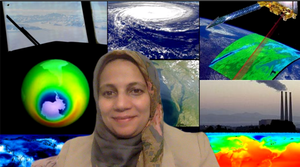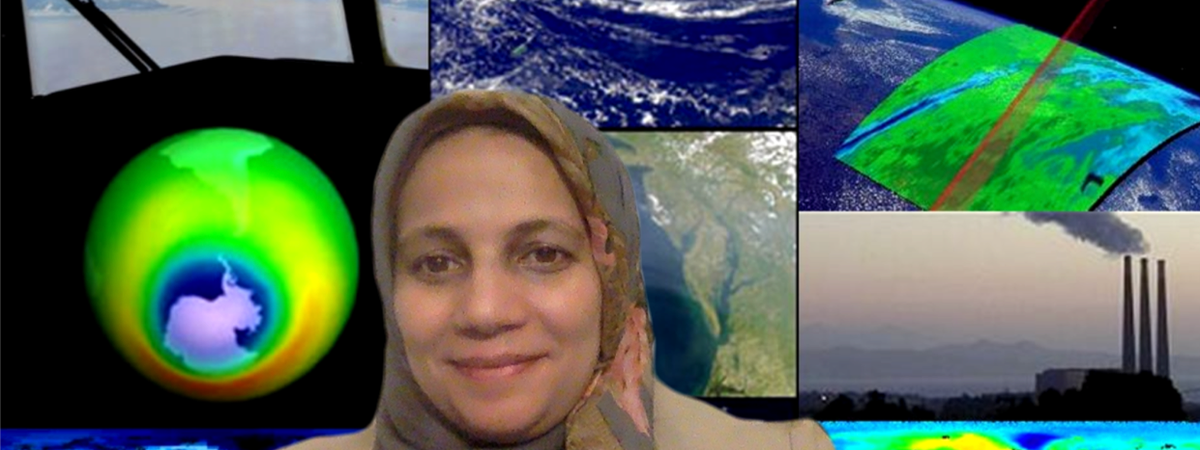
Dr. Heba Marey has been working in the Earth, Atmospheric and Planetary Physics group, since October 2017. She conducted her PhD research at the National Center of Atmospheric Research (NCAR) through a three-year excellence based scholarship that allowed her to gain a strong experience in using remote sensing satellite data for atmospheric science and climate applications. She chose to study the formation, dynamics and transport of severe air pollution episodes, called "Black Clouds" and her research work was recognized in the NASA article, "Sensing our Planet”.
Through her role as postdoctoral researcher at the University of Alberta, she was ran a research project that assessed the potential use of current satellite data for air quality monitoring and climate change over Alberta. She presented the first detailed analysis of optical aerosol and carbon monoxide (CO) characterization over Alberta based on satellite data analysis, AERONET data and the available ground measurements. She also investigated the impact of climate change on the spatio-temporal methane (CH4) variations over Alberta using data from the Atmospheric Infrared Sounder (AIRS) from 2003 to 2013. The outputs of these studies were published in the journal Atmospheric Physics and Chemistry and presented at conferences in the American Geophysical Union.
Here at the Department of Physics at University of Toronto, Dr. Marey conducted a comprehensive study of the issue of “cloud clearing” for measurements by the Measurements of Pollution in the Troposphere (MOPITT) satellite instrument data to enhance MOPITT data coverage.
Currently, Dr. Marey is comparing MOPITT V9 CO products with CO measured by the Infrared Atmospheric Sounding Interferometer (IASI) to understand the differences in the information on variations in atmospheric CO that the two instruments provide.
Main fields of study are:
- Atmospheric Remote Sensing
- Atmospheric Chemistry
- Air Quality
- Satellite Data Analysis
Link to Sensing our Planet:
https://spl.cde.state.co.us/artemis/ucbserials/ucb611110internet/ucb6111102011internet.pdf

